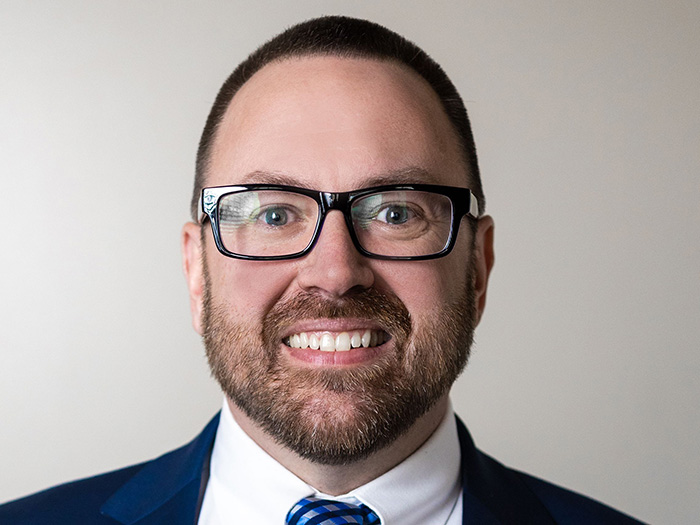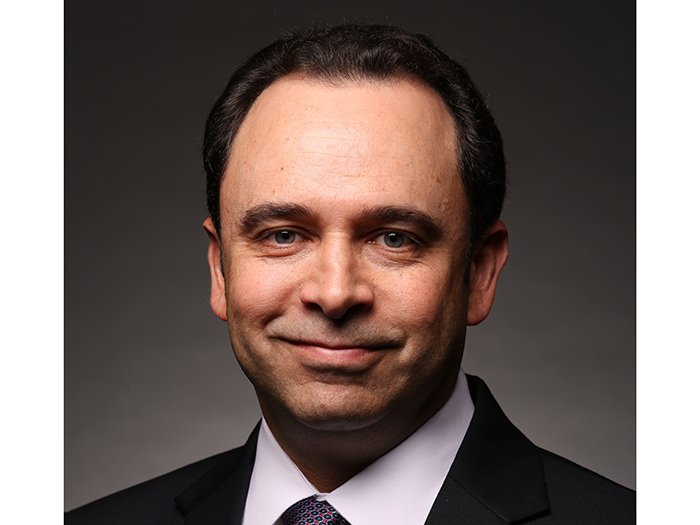3 Key Data Challenges in Health Care Risk Management

When it comes to picking the right insurance policies, big data has made risk modeling more accurate than ever before.
It’s inarguable that any industry, especially health care, wouldn’t benefit from knowing the complete extent of their risk exposure.
But in professions where the health and safety of patients must be considered in every decision made, optimum care can’t be provided without room for humanity. For this reason, the proper management of health care data is monumental … and complex.
“No one goes to work saying, ‘I want to make a mistake,’ ” said Heather Annolino, senior director of health care practice, Ventiv Technology.
“We all go into this profession to help people; however, good care is a combination of experience, knowledge, and processes established by the organization. Patient safety technology has a real opportunity to support staff by uncovering areas in which processes can be improved. In that way, a staff member’s experience and knowledge can be elevated while minimizing potential downsides.”
As a former registered nurse, no one knows about the emotional toll that caring for patients can take on a person better than Annolino.
Her humane, yet analytical approach to risk management has provided her with a better understanding of health care, its culture, and how data — or lack of data — can threaten patient safety.
By identifying the three key challenges in health care risk management, Annolino is able to pinpoint the right strategies to mitigate them and ultimately keep hospitals and patients safer.
1) Under-reporting
It’s hard when you make a mistake, and even harder when you’re forced to admit them.
Admitting errors is a crucial step in protecting those receiving health care. Awareness for one’s own mistakes and mistakes of others can make infractions less likely to occur again.
“Instead of seeing it as an organizational problem or a process problem, I think sometimes people do worry they’ll be blamed and suffer the consequences — up to and including termination or even prosecution,” said Annolino on reasons for under-reporting in health care.
If hospital employees are worried about disciplinary action from senior leadership, they might be less likely to come forward with their mistake. Not only does this sweep errors under the rug and eliminate learning opportunities, but it ignores the risk of repercussions.
“The under-reporting and the culture, I think it’s all a big loop. When you start seeing those improvements, then people start really wanting to report because they see themselves as helping and being part of the solution.”
It’s important to focus on the wellness of health care professionals in order to mitigate the risk of under-reporting.
If doctors, nurses and other providers are not in their best physical or mental health, for example suffering from exhaustion, depression or burnout, they will not be able to provide the best possible care for patients.
“We really need to move the needle a little bit further in providing the support and wellness that we want for our patients for our staff as well,” said Annolino.
“Staffing can have an impact on whether errors occur, fatigue can have an impact also. It’s just a fact that we have providers out there working under extremely stressful conditions, and that’s something organizations need to continually address. By analyzing those contributing factors and the impact they have on errors, we can make a quantitative argument for the benefits of taking better care of the people trying to take care of patients.”
2) Too Much Data
Big data is essential to patient safety in order to identify the trends in incident reporting and determine the needed interventions of care. However, analysis is only as good as the integrity of the information.
“You can go on certain websites to get data on the hospital, you can look at your own patient portal and get data on yourself; I think we have so much of it that we are really having a hard time taking out the meaningful pieces of it and it’s overwhelming. Society in general has become ‘big data’ driven,” said Annolino.
The problem is the volume of the information. When risk managers get bombarded with so many sources, it can be difficult to analyze data in a way that is meaningful to a patient or organization.
Between billing information, patient and medical history, employee performance, marketing efforts and overall cost of operations, organizing and analyzing so many types of data within a medical organization can be confusing, overwhelming, and inefficient.
The close intersection between risk management and patient safety also presents a challenge.
Risk management, simply defined as the transfer of risk through purchase of insurance, involves making decisions to minimize the effects of accidental losses on an organization. Due to the nature of the industry, health care requires a more effective, proactive, and widespread approach to risk management than any other sector.
Patient safety is a newer area of concern that requires a more humane assessment and analytical approach to care. Risk management attempts to prevent clinical liability, while patient safety protects patients from clinical errors.
3) Data Silos
To mitigate the risk exposure of data, silos are a common method of storing information within medical organizations.
The intent of data silos is to protect sensitive information against misuse, duplication, breeches and liability. Legislature laws can leave organizations susceptible to damages if a plaintiff can get their hands on an incident report or expose detrimental data.
Despite the necessity of silos for cyber security reasons, the disconnect of information is not an effective approach to risk management.
Without the capability to search all hospital systems at once, employees must individually retrieve data from silos that they may not have access to. This approach is not learning-oriented and creates a lack of transparency between hospital departments, ultimately limiting productivity.
According to Annolino, Ventiv is working on creating a solution to these problems. She will explain why at the American Society for Healthcare Risk Management annual conference, taking place October 13-16.
“In healthcare, root-cause analysis is a common tool to determine those deeper causes for individual events. With Ventiv’s new analytics tools, we are able to look across the entirety of data related to all events, including root-cause analyses data, which is exciting because it allows organizations to look at the big picture and better understand the factors contributing to events,” she said.
When it comes to data, user efficiency is key. Just because software tools exist across organizations doesn’t mean all employees are going to know how to properly analyze the data.
“It’s important that the technical piece not be so difficult so that any user, even at a director level, would be able to use the tools to be helpful in their environment. If not everyone can find it useful, it’s not doing the job you thought it would.” &











